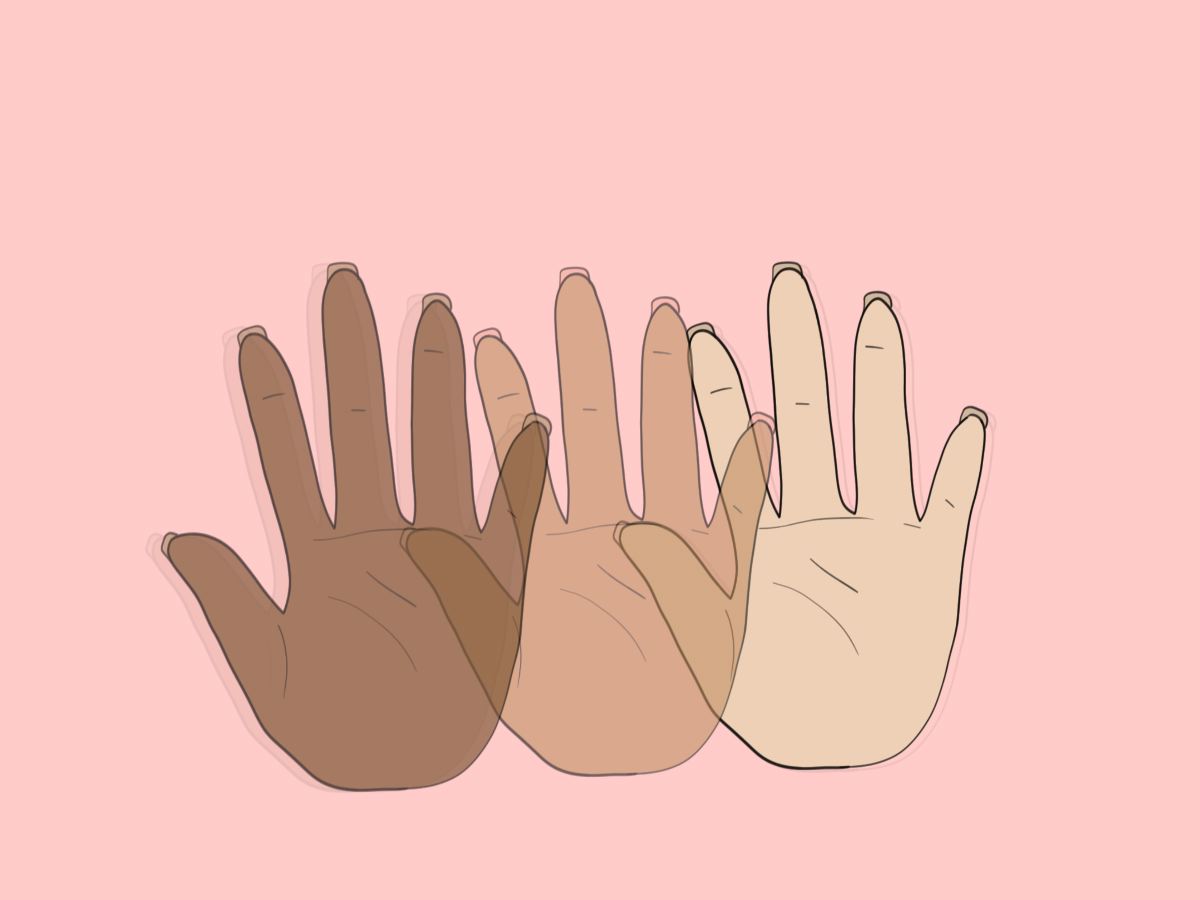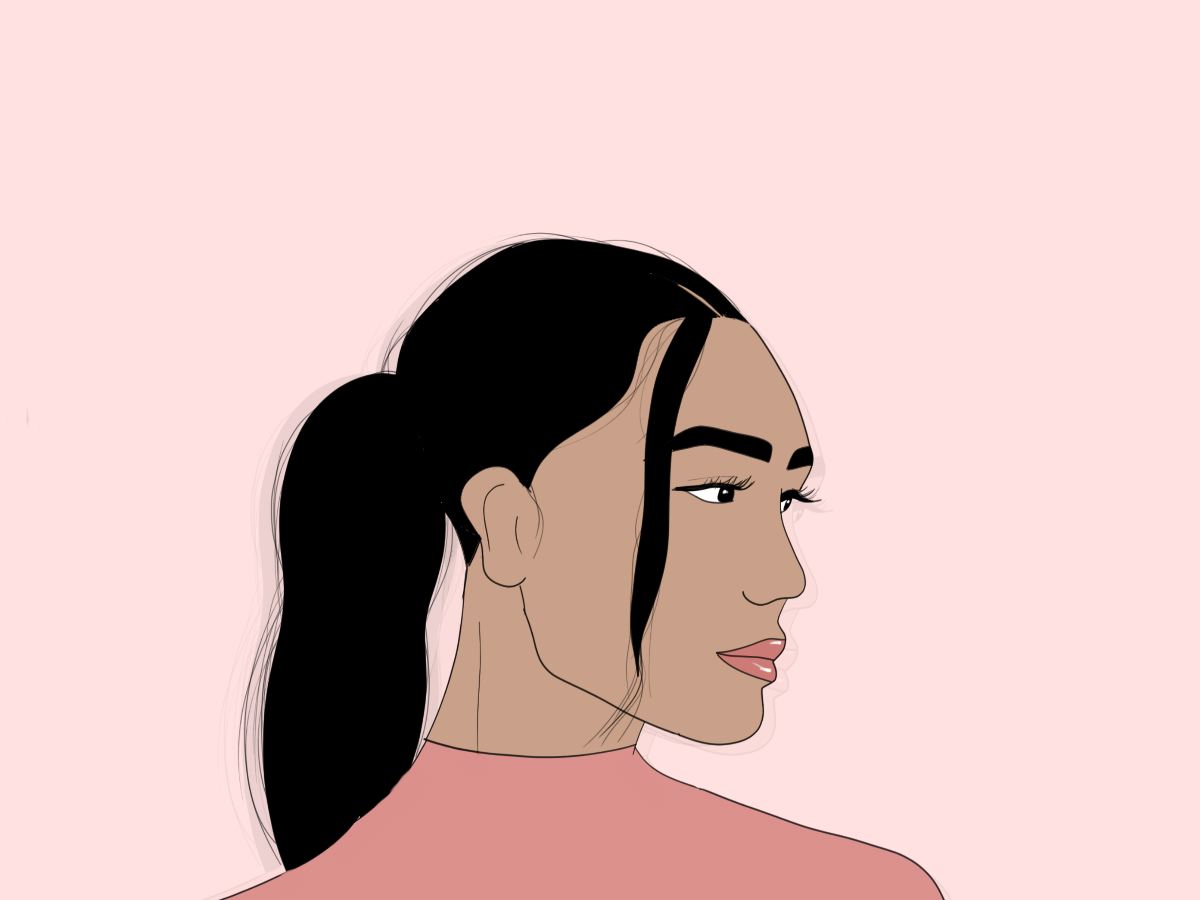cw: verbal and physical abuse of ESEA community
Recently, tragic events happening in the US have turned the public’s eye to racial violence and racism against the ESEA community. From the shooting spree targeting Asian-owned spas in Atlanta where eight people were killed (including six Asian women), the 84-year-old Thai man, Vichar Ratanapakdee, who died after being shoved to the ground and the Chinese woman who was set on fire, people all over the world have been shocked and horrified. Closer to home, we have seen disgusting attacks on ESEA individuals: Jonathan Mok was left with a fractured nose and broken cheekbone after an attack on Oxford street while being told “I don’t want your coronavirus in my country” and Aldarico Velasco, a Filipino nurse, was called a “f***g Chinese c**t” after treating a patient at the Royal Derby Hospital, to name a few.
These xenophobic attacks were clearly motivated by some belief in a Chinese coronavirus conspiracy or at least some laying of blame towards ESEA communities. Unsurprising, given the ex-US president’s penchant for calling it the ‘Chinese virus’ and that 33% of images used to report Covid-19 in the UK featured Asian people. Discrimination against ESEA communities is not new and did not begin with Covid-19, and is, of course, rooted in a long history of structural racism. There is very little visibility of the changing perceptions of ESEA people throughout history and how that affects us now.
The law
The term ‘yellow peril’ is a racist metaphor that represents ESEA people as a threat to the Western world through the disruption of Western values, such as democracy and Christianity. The term was coined in the 19th century by Russian sociologist Jacques Novikow in an essay used to encourage the European empires to invade, conquer and colonise China. Yellow peril has grown to encompass racist fears of an alien, primitive ‘Other’ with mysterious and irresistible occult and sexual powers. Famously, the US legalised Yellow Peril xenophobia with the Chinese Exclusion Act of 1882 due to white working-class labourers fearing a loss of jobs because of the ‘filthy yellow hordes‘ from Asia, which not only prohibited immigration from China but forbade legal residents from becoming citizens.
The UK is, of course, not immune. Chinese communities established themselves in maritime cities such as London and Liverpool in the 18th century and the first Chinatown developed in Limehouse, London, at the beginning of the 19th century. The beginnings of anti-ESEA discrimination reared its ugly head at the turn of the 20th century when, in a similar way as was seen in the US, anti-Chinese sentiment grew due to hostility towards the cheap labour they represented. By World War One, Chinese evil had a cartoon face created by Sax Rohmer in his Fu Manchu Stories. This villain of a gap-toothed, Chinese drug dealer, lusting after white women trying to overthrow the British Empire from Limehouse epitomised everything about the stereotype. Anti-narcotic laws were passed to target Chinese communities due to their association with opium smoking, including the forced deportation of hundreds of Chinese people in 1916-17 (and repeated in Liverpool after World War Two). The deportation of thousands followed, with families left with no answers or warning, just the unexplained disappearance of a loved one.
During World War Two, 20,000 men were part of the Chinese Merchant Seamen’s Pool due to more men being needed to crew British merchant ships. After the war, very few Chinese men were allowed to remain as the Home Office issued a policy for the ‘Compulsory repatriation of undesirable Chinese seamen‘, leaving behind many wives and mixed-race children who they would never be able to see again.
Yellow fever
I could continue with the historical pieces of legislation that enshrined anti-ESEA sentiment in law and cultural norms but I hope it is now clear that this has been around for centuries. For all women of colour, gender-based violence, misogyny and xenophobia bundle together, and for women and non-binary people, the same holds true. Even before the Chinese Exclusion Act, the Page Act of 1875 effectively prohibited the immigration of Chinese women, the Act stating that no one could enter the US for ‘lewd or immoral purposes’ for the explicit prohibition of the ‘importation of women for the purposes of prostitution’ that was primarily used to target female Chinese immigrants. The law was named after its sponsor, a Republican who introduced it to “end the danger of cheap Chinese labour and immoral Chinese women”. This perception of Asian women as exotic seductresses has not disappeared, and ‘yellow fever’ is, unfortunately, a form of fetishisation that is commonly seen today in the Western world.
The term ‘yellow fever’ was coined after it was brought up in David Henry Hwang’s play, M. Butterfly, to mean a sexual or romantic preference for Asian women and men. This fetishisation is very much a reduction of Asian women to something lower than a human: a being-for-men. From the evil temptress they were historically depicted as; a sexual object whose every curve effortlessly and mystically compelled men to them (as was exacerbated by their presumed sex work) to the docile (but still hypersexual!), submissive and softly spoken wife, who was willing to serve their husband’s needs at every turn without any complaint. At no point is there a sense of personhood or agency afforded to these people, which is what makes it so dangerous.
The Atlanta shooter’s language held a worrying resemblance to such racist language, telling the police he had a sex addiction and the spas were a ‘temptation’ he wanted to eliminate. Even the media’s distinction between massage parlours and spas shows the tropes assumed about predominantly ESEA-run establishments (as the former holds connotations of sex work). To deny the gendered element of violence against ESEA communities is to do injustice to anti-racist work and misses a crucial element in the distorted perceptions of ESEA individuals, as well as many peoples’ daily experiences.
Cultural appropriation and the rise of the ‘weeb’
Very closely linked to the fetishisation of Asian women is the rise of cultural appropriation. Increasingly, fast fashion trends are hopping onto traditional clothing, such as the Chinese qipao or Japanese kimono, which often become sexualised versions of these items of clothing (for example, here). This is incredibly disrespectful and reduces cultures to costumes in a way that disregards any meaning, history or cultural significance. Reshaping ESEA identities to fit into what is seen as an acceptable, Western-centric box by putting an ‘oriental pattern’ on a skirt or shirt cherry-picks cultural elements while failing to honour or appreciate where they come from.
This is no better illustrated than the rise of the ‘weeb’ in the last decade. The word has come to mean non-ESEA people who are fans of aspects of Japanese and/ or Korean pop culture, such as anime, manga and Kpop. The stereotypical meme of a weeaboo or weeb is a young, white male with poor hygiene and questionable social skills. The internet is littered with images of ‘neckbeards’ wielding samurai swords, and while the demographic of the weeb has changed as anime and Kpop have entered the mainstream, this obsession with the culture and the fictional ‘waifu’ (a fictional female character from an anime, manga or video game that is fixated on sexually and/ or romantically), wielding of Japanese swords and wearing kimonos is clearly an unhealthy form of cultural appropriation and fetishisation. While I’m sure most ‘weebs’ are not even close to their often-memed counterparts, it is undeniable that this attraction is driven, for some, by unrealistic and damaging stereotypes.
The Model Minority Myth

As mentioned in The Model Minority, the myth essentially perpetuates the idea that ESEA individuals are book-smart, quiet, law-abiding and submissive. It has historically been used to drive a wedge between the Black and ESEA communities by holding the latter up as an ‘acceptable’ version of non-whiteness, while at the same time only accepting those individuals that adhere to the stereotype: People that don’t rock the boat and can never rise as high as their white counterparts. The idea of the ‘pull yourself up by your bootstrap’ immigrant is not always how ESEA people were perceived, as mentioned above, but its utilisation to oppress the Black community is also hugely harmful to the community itself.
The “bamboo ceiling” (as opposed to the glass ceiling as is used for sexism in the workplace) is a metaphor coined to show that there is a limit to the heights that ESEA people are allowed to ascend. Specifically for ESEA women, there is an idea that they will maintain the status quo and work hard without complaining, but fail to be able to make their case in a board room due to their timidity, limiting how far they are allowed to go in their careers. This is seen in even the most ‘forward looking’ companies: One in five Silicon Valley companies have shown that Asian women were the least likely to be executive, relative to their proportion in the workforce. It is even noted that the ‘Asian effect’ is 3.7 times greater than the ‘gender effect’ alone.
Covid-19 and racism
A YouGov poll in June 2020 reported that three in four people of ESEA descent had experienced Covid-related verbal abuse or physical assault in the past year in the UK and an increase in anti-Asian hate crimes by almost 300% has been recorded since the pandemic began, without accounting for the many that will have been left unreported due to a culture of retaliation avoidance. There is also the increased microaggressions experienced, such as people avoiding those of ESEA descent in shops or on public transport, with an Ipsos Mori poll (February 2020) showing that one in seven people intentionally avoid people of Chinese origin or appearance, and a horrifying 50% decline in business for local ESEA businesses before the first case of Covid-19 was even recorded in the UK. Despite this, those in power do not seem to care about what is happening. In October 2020, parliament held the first ever debate to discuss racism faced by the ESEA community and not a single government minister showed up.
Looking forward
As said earlier, racism against ESEA communities did not start with Covid-19. An Essex University study from as far back as 2010 showed that Chinese men suffered higher levels of racial attacks (physical or verbal) compared to any other group in society. However, the harrowing attacks recently have truly shone a light on how deep-rooted and widely reaching the problem is in this country and show more people that the problem is real and present. If the Sunday Times is still writing on its front page that we ‘secretly rather enjoyed’ jokes made about ‘slitty eyes’ by Prince Phillip with everything that has been happening, it is clear that people have a huge amount of work to do to undo the systemic bias those of ESEA descents experience.
I can personally attest that it has been an emotionally exhausting time seeing this happen every day on social media, worrying about my parents living in a rural and predominantly white area, having already had a brick through their window the first year they moved there, while constantly being told that our experience of racism is false or being blown out of proportion. This is unfortunately work that we all have to do together and I have linked some helpful resources here compiled by Tilted Axis Press that will help anyone to make a start on their anti-racist work in this area.
Find more lifestyle articles here >
Written by Yuying Zhu
Illustrated by Francesca Mariama

